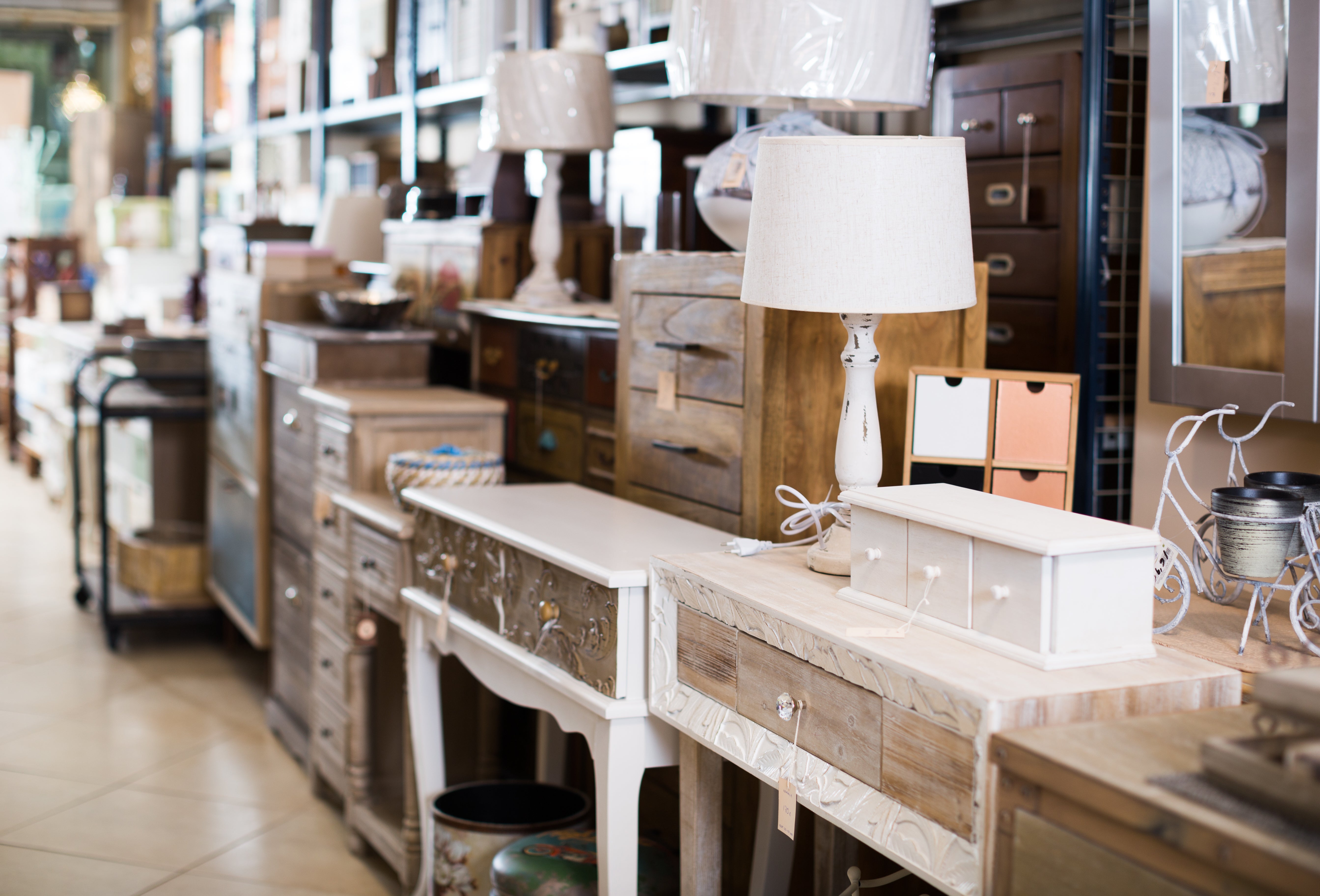Dear Sean,
I am lucky enough to live in an area with fabulous consignment and vintage stores. Clients love it and often see vintage shopping as a sport. My team loves it from an upcycling perspective, and because we can use vintage pieces to make a home more unique. Unfortunately, we sometimes return to clients’ homes to find that they have taken our mood boards shopping and want to show us their new find—which they purchased without us.
Local clients are also savvy to an item’s original cost, be it consignment or retail. My question is: How do we make procuring these products profitable? Until moving to this area, my firm was successfully charging an hourly rate and markup on the products we sourced. Now, we are considering moving away from that model, as it just doesn’t seem to serve us here. What is your advice for making a profit without the stress of fighting for a markup?
Missing the Markup
Dear Missing,
What did your clients pay for—complete design or inspiration?
The purpose of an hourly-plus-markup model is to spend a significant amount of time discovering a design, and then receive a commission to manifest the design. What this model does not cover are mood boards left with the client for them to discover and manifest design on their own.
Creating such mood boards should be a fee-based exercise if there ever was one. However, upcycling sentiments aside, you need to ask yourself: What exactly is the point of that business? If you’re seeking a volume-based e-design enterprise—well, good luck with that. Modsy’s demise (and Homepolish, and Laurel & Wolf before them) demonstrates just how difficult it is to achieve volume and profitability in an inspiration-based business. The reason is easy: Ideas, especially today, are cheap. Unless you can achieve an hourly fee for inspiration, a la The Expert or Intro, I am not sure about the sustainability of your enterprise.
Yours is a patent lesson in the true, esoteric value of design: the ability to see what is not there. I am not for a second denigrating the value of filling in the details, but many have that ability—including your clients, it seems. Deciding that an antique mirror goes where it goes matters far more than selecting the exact mirror, which only matters in the context of your big-picture design. That’s why the silliest question a designer can get is, “What do you think about the couch?” It might be the most exquisite couch you have ever seen, but exactly wrong for the space. And yet you, in your conundrum, are placing a premium on the couch.
Your solution is to skim off the top, not the bottom. Creating mood boards (even in the e-design of a single space) is self-limiting. If you are a designer, then your overall vision—and the way it translates to specific elements within the context you’ve created—is your most valuable asset.
Imagine that you currently charge $1,500 per room for your design. You could insist that you design the spaces you know will define a vision—the living, dining and family rooms, perhaps—and then charge $5,000 for the effort. You could even include a day of sourcing. Then you can let the rest of the house go, as it is clear that your clients do not wish to pay you to manifest the design, only create it.
If you want people to see you as an artist, you have to be paid for more than sketches, mood boards, ideas or inspiration. It is up to you to ensure the unique impact of your work by creating a business model that honors the idea that design is about the relationship spaces have with each other. The size and scale of that relationship is up to you, but it is not a single idea or even a single space. From there, you can ask for the fee you need to deliver that vision, and you and your clients can find alignment in sourcing upcycled items in a way that works for you both.
Homepage image: ©JackF/Adobe Stock
____________
Sean Low is the go-to business coach for interior designers. His clients have included Nate Berkus, Sawyer Berson, Vicente Wolf, Barry Dixon, Kevin Isbell and McGrath II. Low earned his law degree from the University of Pennsylvania, and as founder-president of The Business of Being Creative, he has long consulted for design businesses. In his Business Advice column for BOH, he answers designers’ most pressing questions. Have a dilemma? Send us an email—and don’t worry, we can keep your details anonymous.





























